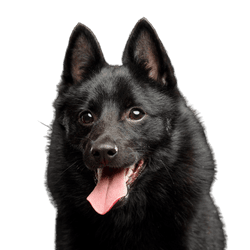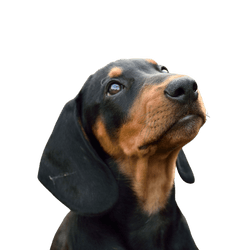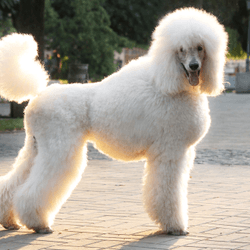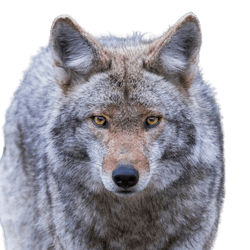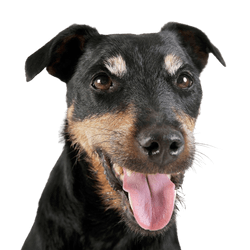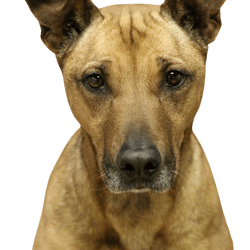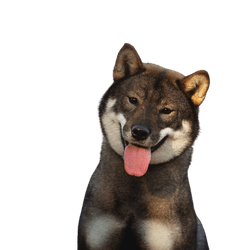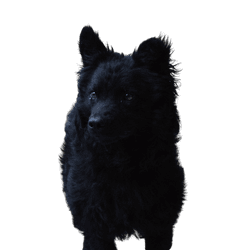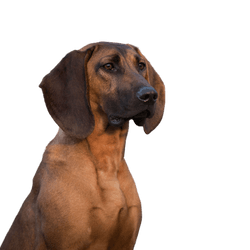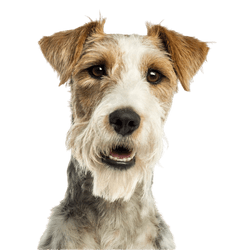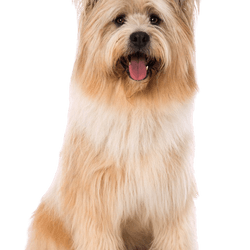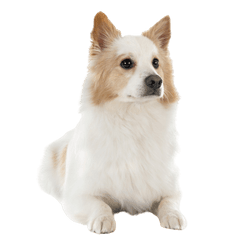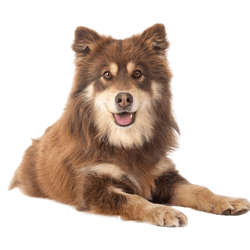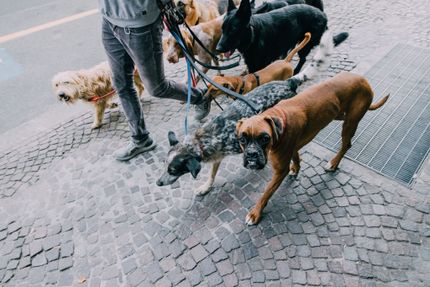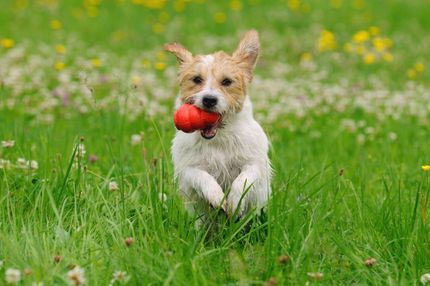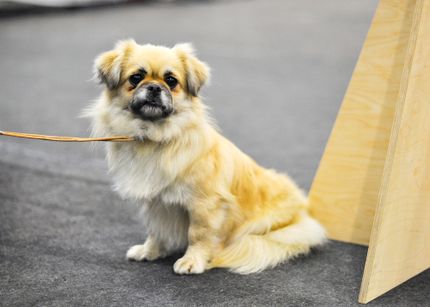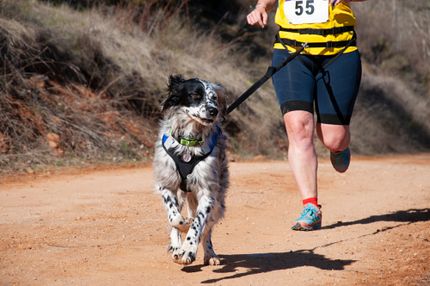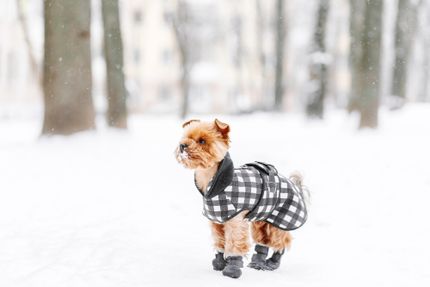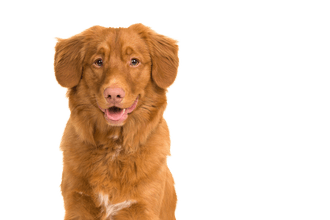
Nova Scotia Duck Tolling Retriever Breed description: Character & Co
Facts & Origin
What is the origin of the Nova Scotia Duck Tolling Retriever?
The Nova Scotia Duck Tolling Retriever breed originates in the eastern Canadian province of Nova Scotia, which lies on the Atlantic Ocean. At what point exactly the breed originated could not be traced back. Its name already says a lot about its original use: A "Toller" is a dog that attracts ducks swimming in water by playing on the bank. Similar to the Kooikerhondje from the Netherlands, it helps to drive water birds in front of the hunters' shotgun. After the shot, the Nova Scotia Duck Tolling Retriever retrieves the animals and brings them reliably to their owner. One of the theories on the history of the breed says that the animals came to Canada with Scottish emigrants who brought their herding dogs. There are records of the breed being recognised by the Canadian breeding association in 1950. It was not until 31 years later that the breed was registered with the Fédération Cynologique Internationale (FCI). Unlike their relatives, the Golden Retriever and the Labrador, the smaller cousins are relatively rare.
What are the breed characteristics of the Toller?
The Nova Scotia Duck Tolling Retriever is the smallest among the Retrievers. It is characterised by its agility and speed. Your four-legged friend is a compact and muscular dog. It is possible that your furry friend will show a somewhat sad expression at home. However, this changes abruptly when they go outdoors, where the temperamental bundle of energy wants to live out its urge to move.
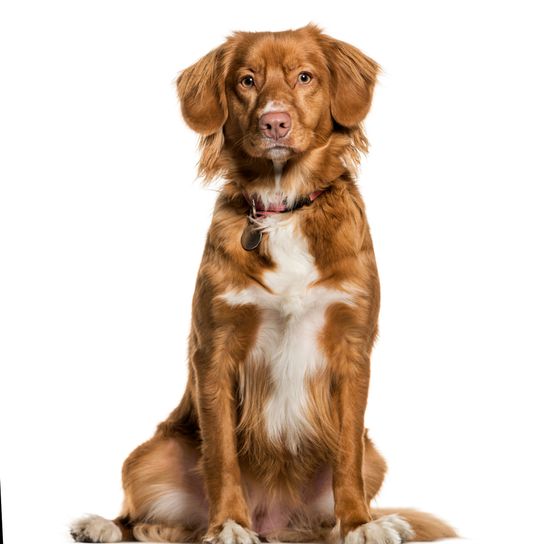


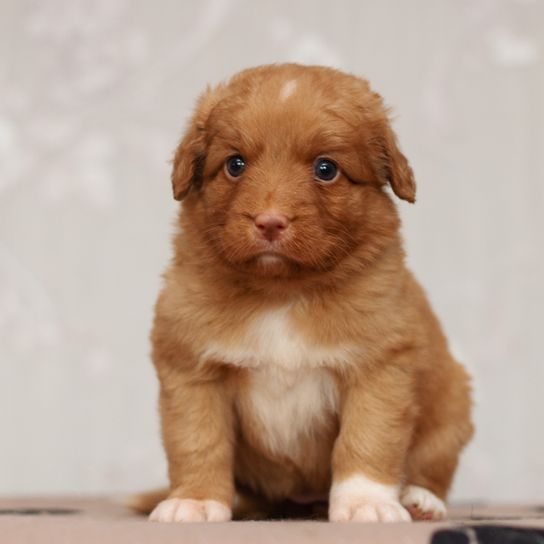
| Alternate Name | Toller |
| Origin | Canada |
| Life expectancy | - years |
| Care requirements | high-maintenance |
| Activity level | average |
| FCI group | Retrievers |
| AKC group | Sporting Group |
| KC group | Gundog Group |
Attitude, character and temperament of the breed
What are typical characteristics of the Nova Scotia Duck Tolling Retriever?
Because of their "Will to Please" i.e. their desire to please their owner, the Nova Scotia Duck Tolling Retriever is easy to train. Every now and then the typical Scottish stubbornness comes through, which you will meet best with consequence. With an upbringing based on mutual respect you will achieve the most with them.
One of the most important things a Duck Tolling Retriever must learn is to listen to your call-back. You must remember that the breed was bred for hunting. The animal feels especially comfortable with sporty owners who challenge them mentally and physically. This challenge can be met by doing dog sports with them for example.
No matter if
- Dummy work,
- fly ball or
- agility.
The suitability for doing dog sports is practically in this dog's blood. They will gladly
retrieves toys with passion: But better not overdo it, otherwise this overeager furry friend will bring you everything they find. With their soft spot for the youngest family members, the Nova Scotia Duck Tolling Retriever is the perfect companion for children. The breed keeps its playful nature well into old age. Since it will loudly report strangers, it also cuts a fine figure as a hunting dog.
Character
Usage
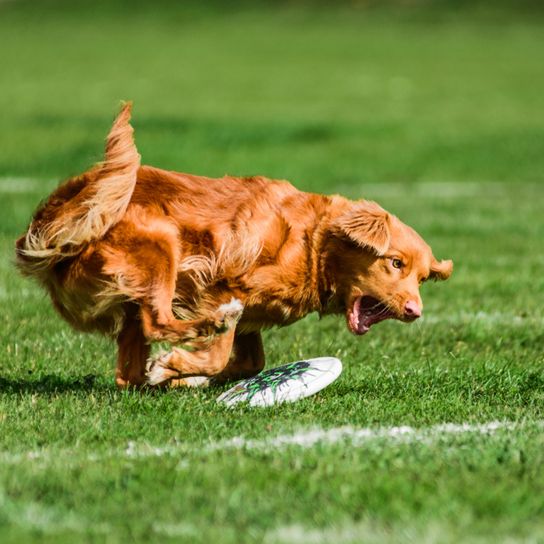
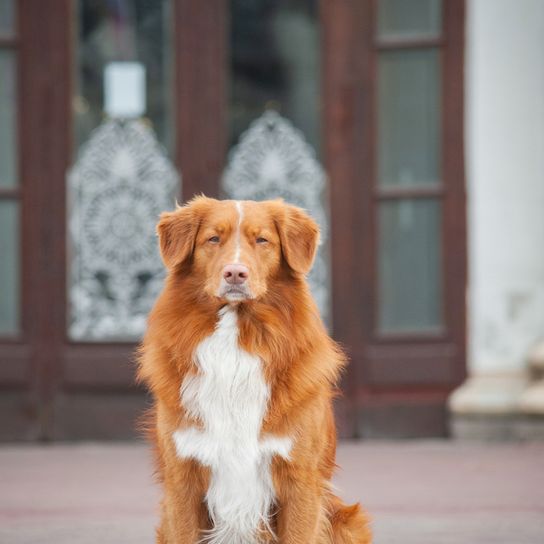
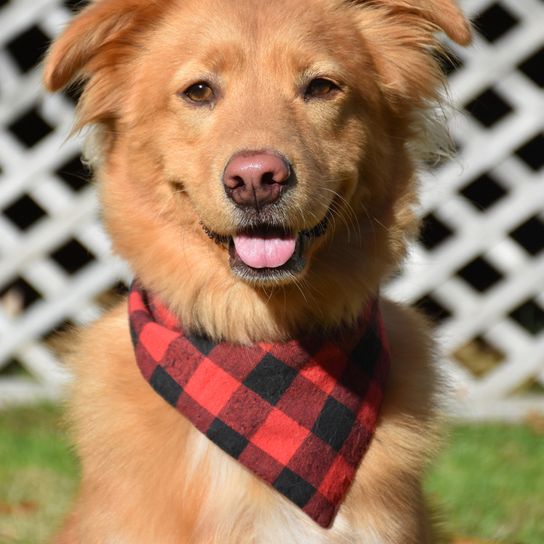

Health and breeding information
What are typical diseases of the Nova Scotia Duck Tolling Retrievers?
Since the Nova Scotia Duck Tolling Retriever is not a designer dog, hereditary diseases are rare. However, the following health problems can occur:
- Elbow and hip dysplasia
- Meningitis-Arteritis (SRMA): sudden fever attacks, a stiffening of the body
- eye diseases
What should be considered regarding Nova Scotia Duck Tolling Retriever breeding?
The best option for buying a Nova Scotia Duck Tolling Retriever puppy is from a reputable breeder, even if that means you may have to wait a while for a puppy to become available. If you want to buy a Nova Scotia Duck Tolling Retriever, have the breeder show you the Toller puppy's pedigree. Research has shown that the risk of inbreeding is particularly high with this breed.


Appearance and coat of the Toller?
The Nova Scotia Duck Tolling Retriever has a medium length coat with a dense undercoat. The breed standard allows slightly wavy fut on the back. Since the coat acts as a water repellent, rain and snow do not bother them. In the Nova Scotia Duck Tolling Retriever breed, different shades of orange and red are permitted. Some breeders have white markings on the tip of their tail, paws, face or chest. Mostly the tail is slightly lighter than the rest of the coat. The nose, eye rims and lips are pigmented flesh-coloured, sometimes also black. Typical for the breed is the "feathering": Experts define this as a longer coat on the backs of the upper and lower legs, the ears and on the tail.
What is the average size of a Nova Scotia Duck Tolling Retriever?
Nova Scotia Duck Tolling Retrievers reach a shoulder height of 45 to 51 centimeters, with bitches being smaller than males.
How much does a Nova Scotia Duck Tolling Retriever weigh?
- bitches: 17 to 20 kilograms
- males: 20 to 23 kilograms
What is the life expectancy of a Tolling Retriever?
A Nova Scotia Duck Tolling Retriever can reach an age of 12 to 14 years.
| Fur length | medium |
| Fur | flat coated |
| Ear shape | Tilt-ear |
| Tail | fanned out |
| Anatomy | strong, sporty |
| Size ♀ | 42 - 51 cm |
| Weight ♀ | 17 - 20 kg |
| Size ♂ | 45 - 54 cm |
| Weight ♂ | 20 - 23 kg |
| Suitable For | Beginner, Children |
Colors
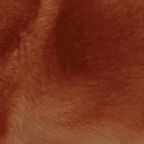
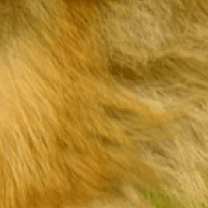
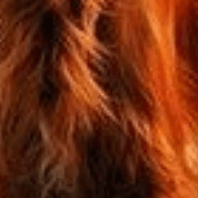



Known Diseases
Autoimmune Diseases
Can occur in many breeds. Independent of the genetic make-up.
Other medium dogs
Useful Articles
You can find articles that might interest you in the dogbible blog to match your favorite breed.
Visit our magazineto stay up to date on dog trends.
To find out more, view our Privacy Policy
Find here the breed that suits you and find out what character traits it has. Here you can also learn more about the origin, size and weight of your favorite breeds.
Matching your favorite breed, you'll find articles that might interest you on the dogbible dog blog.
3 painkillers for the dog: These you must have at home
Keep your eyes open when buying a puppy
Annual check-up at the vet: you and your dog should be prepared for this
